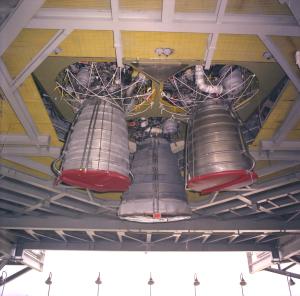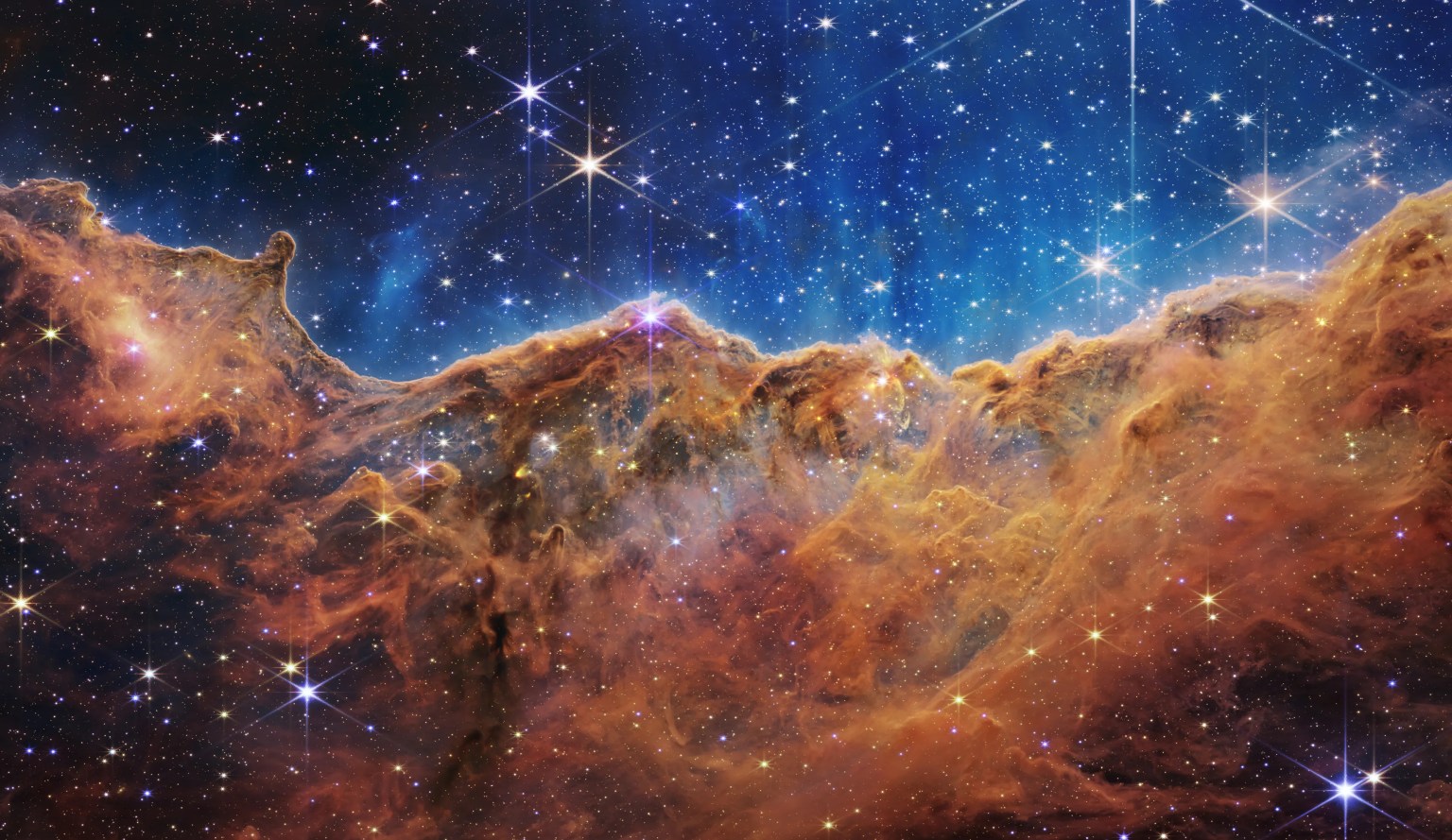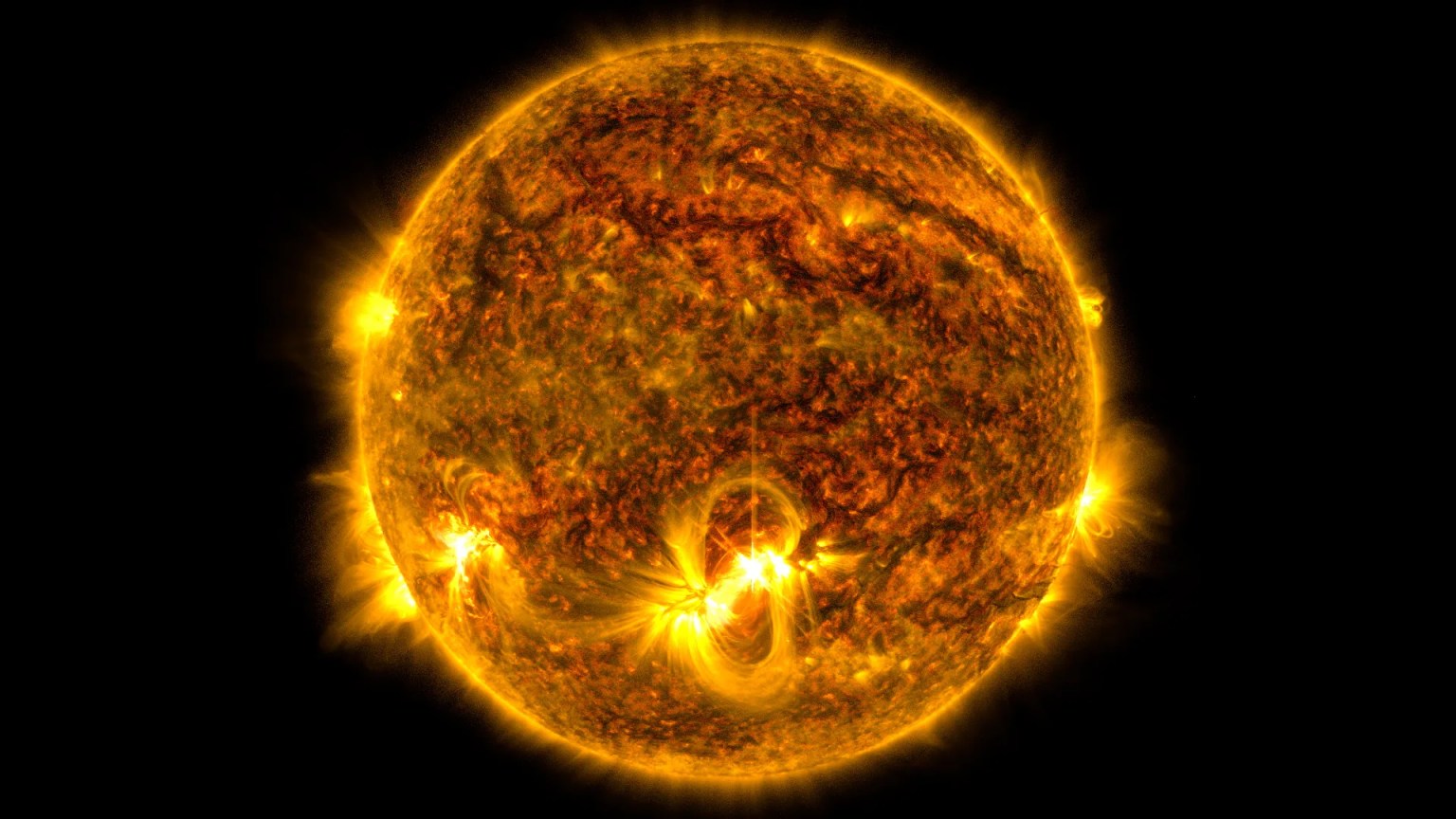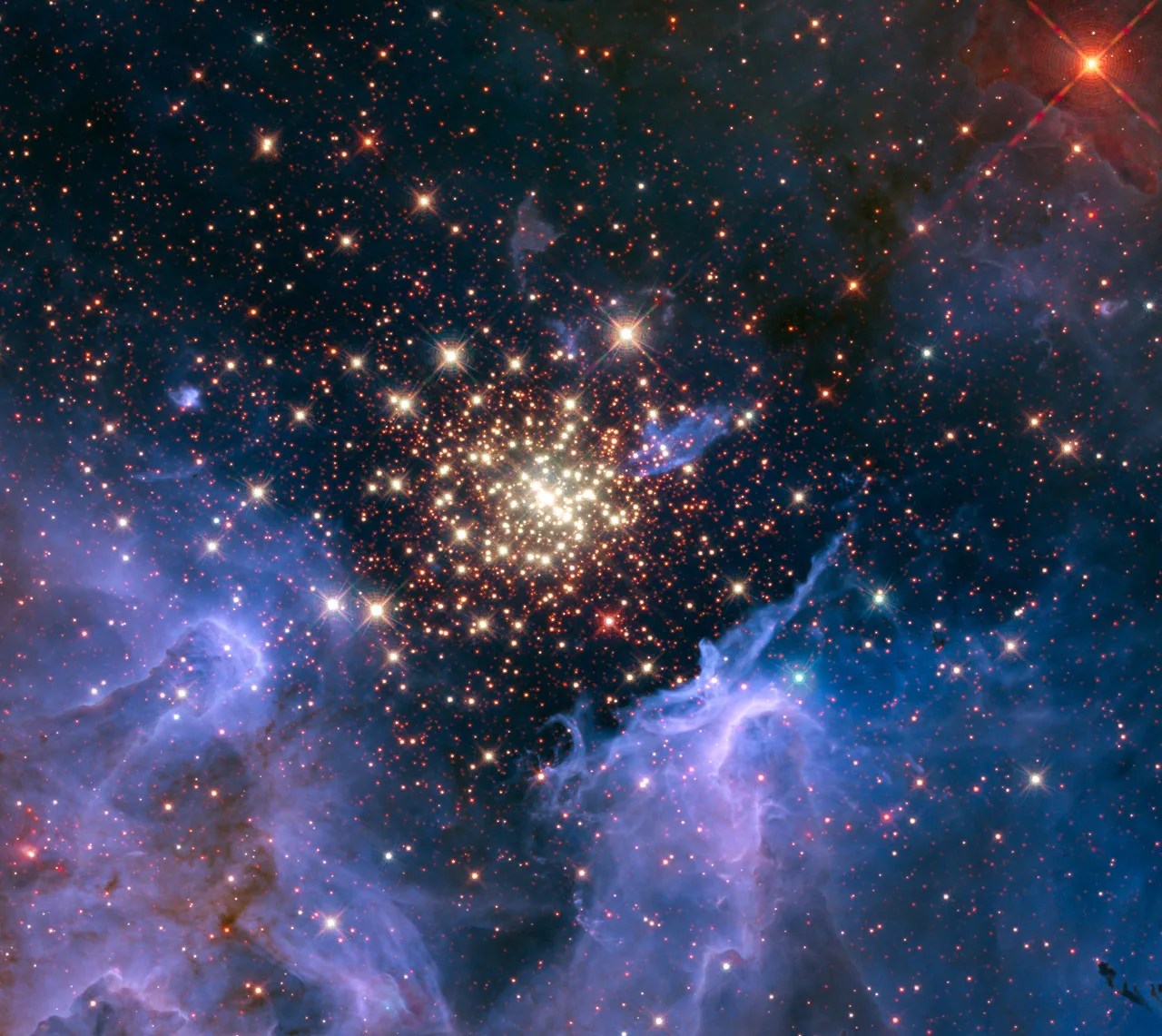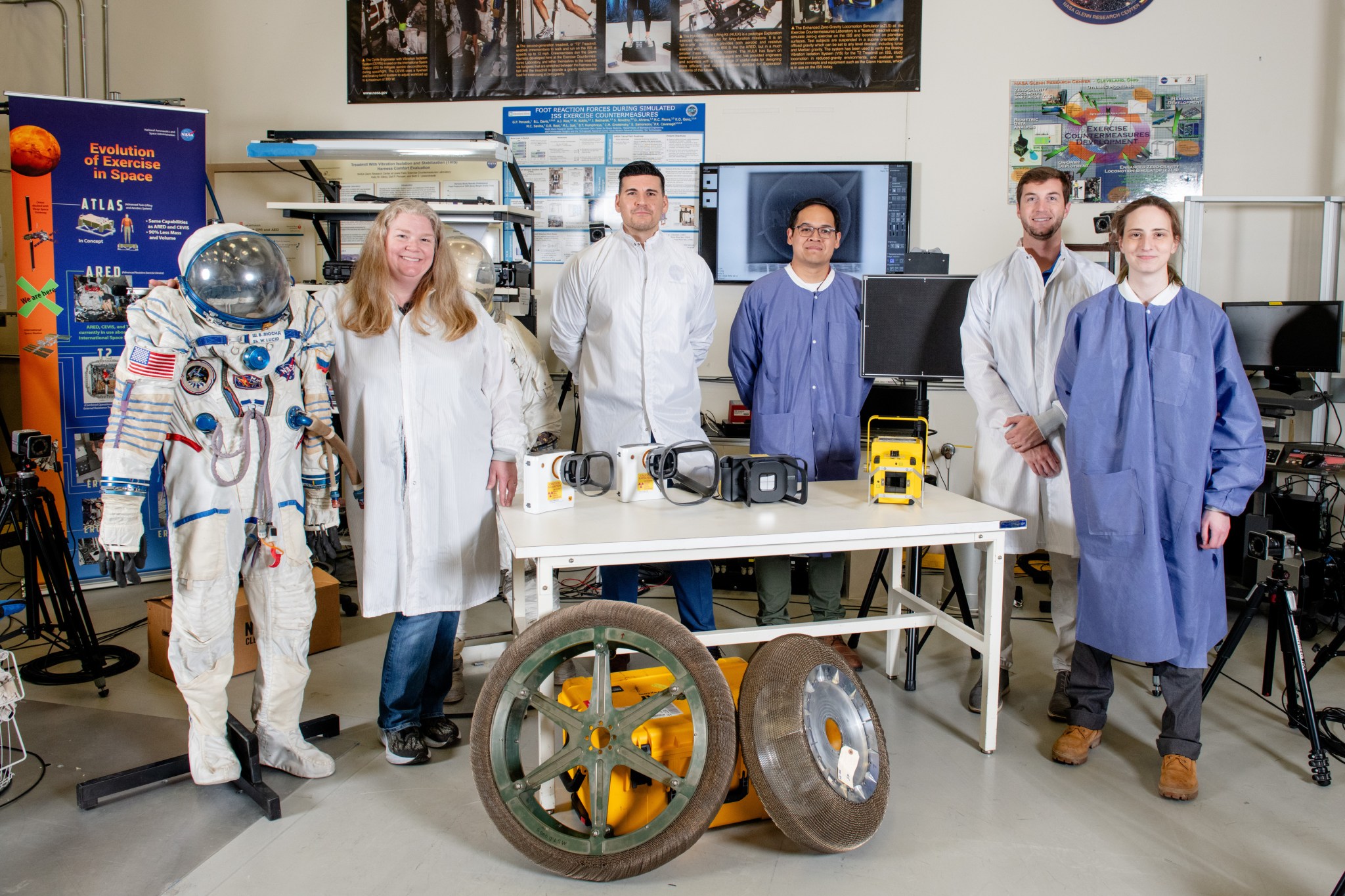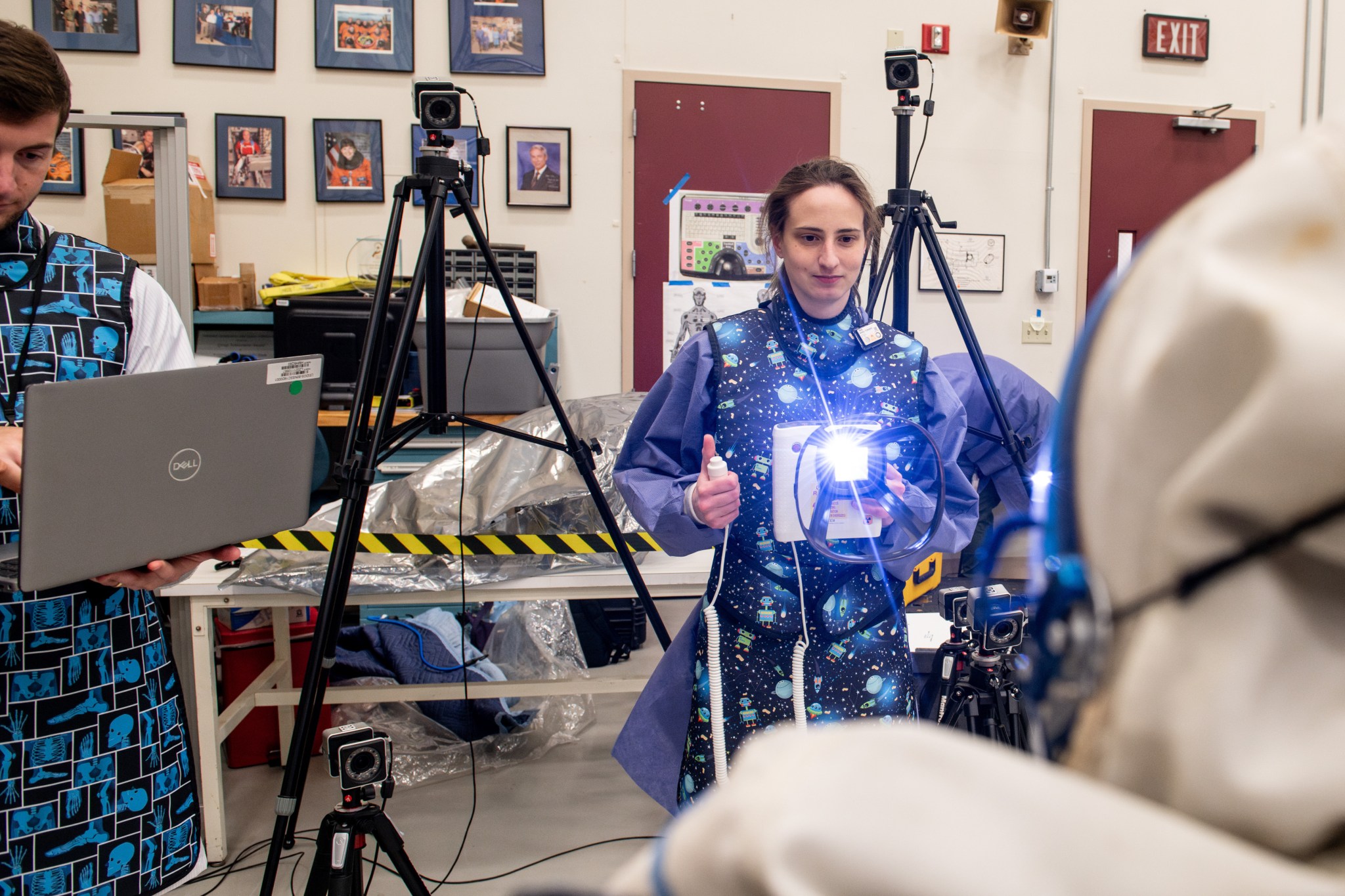NASA Contract Officer Helps Power Journey Back to the Moon
When NASA’s Artemis II mission launches in 2026, it will inspire the world through discovery in a new Golden Age of innovation and exploration.
It will be another inspiring NASA moment Patricia White can add to her growing list.
White supports the Artemis program to send astronauts to the Moon to prepare for future human exploration of Mars as a contracting officer at NASA’s Stennis Space Center near Bay St. Louis, Mississippi.
White takes special pride in the test operations contract she helped draft. The contract provides support to the Fred Haise Test Stand, which tests the RS-25 engines that will help power NASA’s SLS (Space Launch System) rocket on Artemis missions.
“I was awestruck the first time I witnessed an engine test,” White said. “I remember how small I felt in comparison to this big and fascinating world, and I wondered what that engine would see that I would never be able to see.”
Four RS-25 engines tested at NASA Stennis will help launch Artemis II with four astronauts to venture around the Moon. As the first crewed Artemis mission, it will represent another milestone for the nation’s human space exploration effort.
From Interstate Signs to NASA Career
White describes NASA Stennis as a hidden gem. Growing up in nearby Slidell, Louisiana, she had driven by the interstate signs pointing toward NASA Stennis her entire life.
When she heard about a job opportunity at the center, she immediately applied. Initially hired as a contractor with only a high school diploma in February 2008, White found her motivation among NASA’s ranks.
“I work with very inspiring people, and it only took one person to say, ‘You should go to college’ to give me the courage to go so late in life,” she said.
Hard But Worth It
White began college classes in her 40s and finished at 50. She balanced a marriage, full-time job, academic studies, and household responsibilities. When she started her educational journey, her children were either toddlers or newborns. They were growing up as she stayed in school for nine years while meeting life’s challenges.
“It was hard, but it was so worth it,” she said. “I love my job and what I do, and even though it is crazy busy, I look forward to working at NASA every single day.”
She joined NASA officially in 2013, going from contractor to civil servant.
Setting an Example
White’s proudest work moment came when she brought home the NASA Early Career Achievement award and medal. It served as a tangible symbol of her success she could share with her family.
“It was a long road from being hired as an intern, and we all made extraordinary sacrifices,” she said. “I wanted to share it with them and set a good example for my children.”
As Artemis II prepares to carry humans back to lunar orbit for the first time in over 50 years, White takes pride knowing her work helps power humanity’s return to deep space exploration. Her work is proof that sometimes the most important journeys begin right in one’s own backyard.
Powered by WPeMatico
Get The Details…
LaToya Dean






